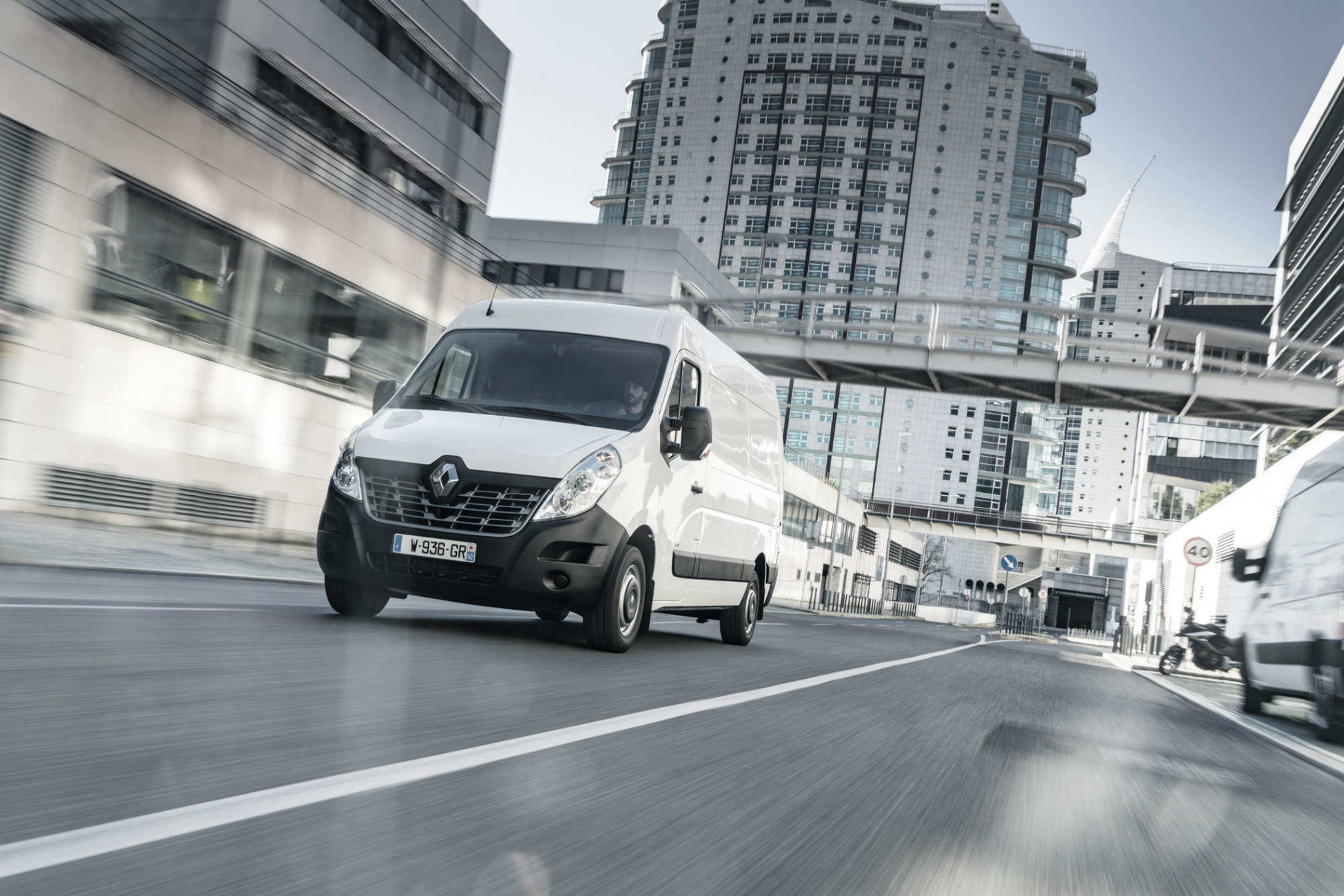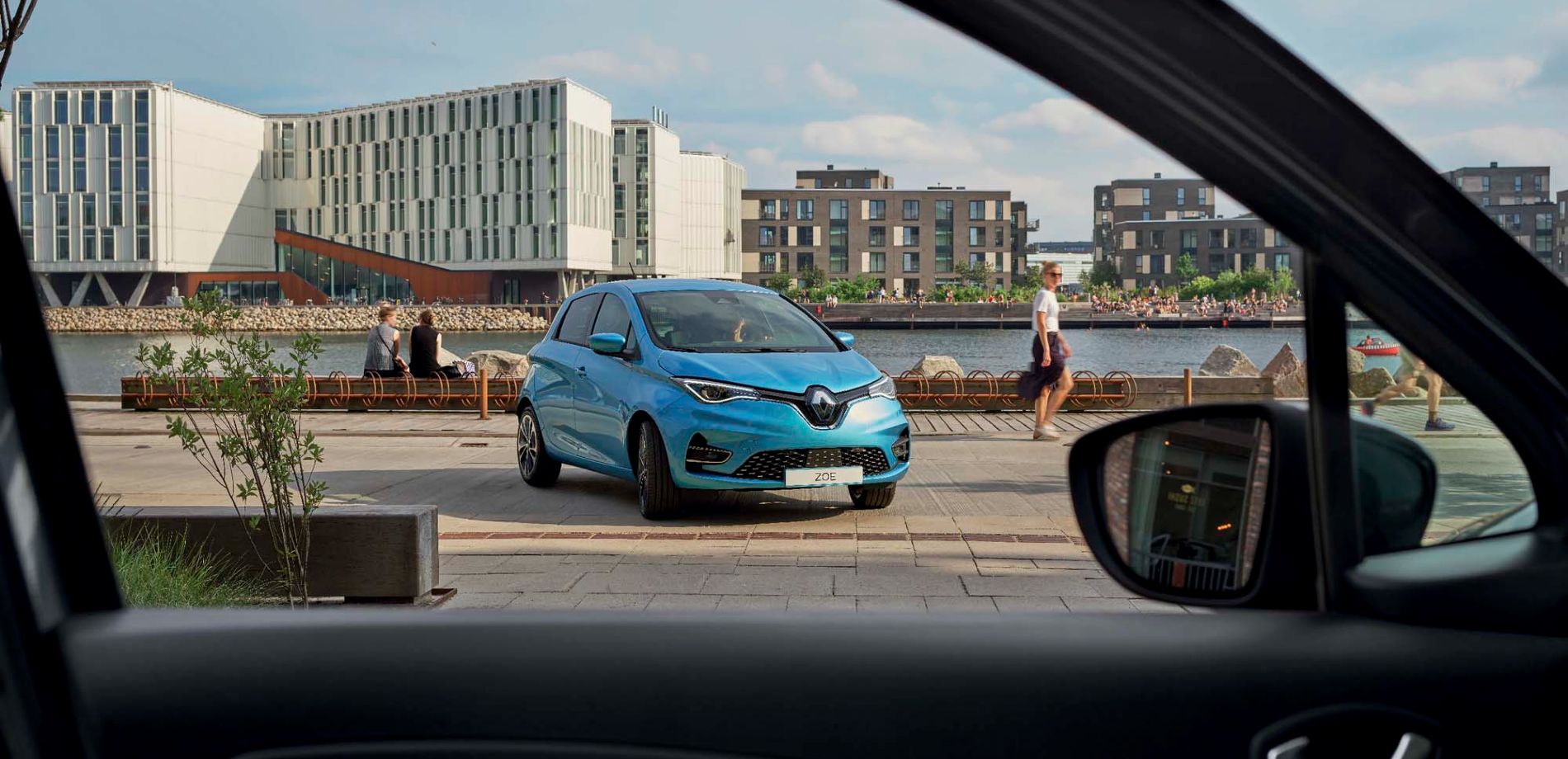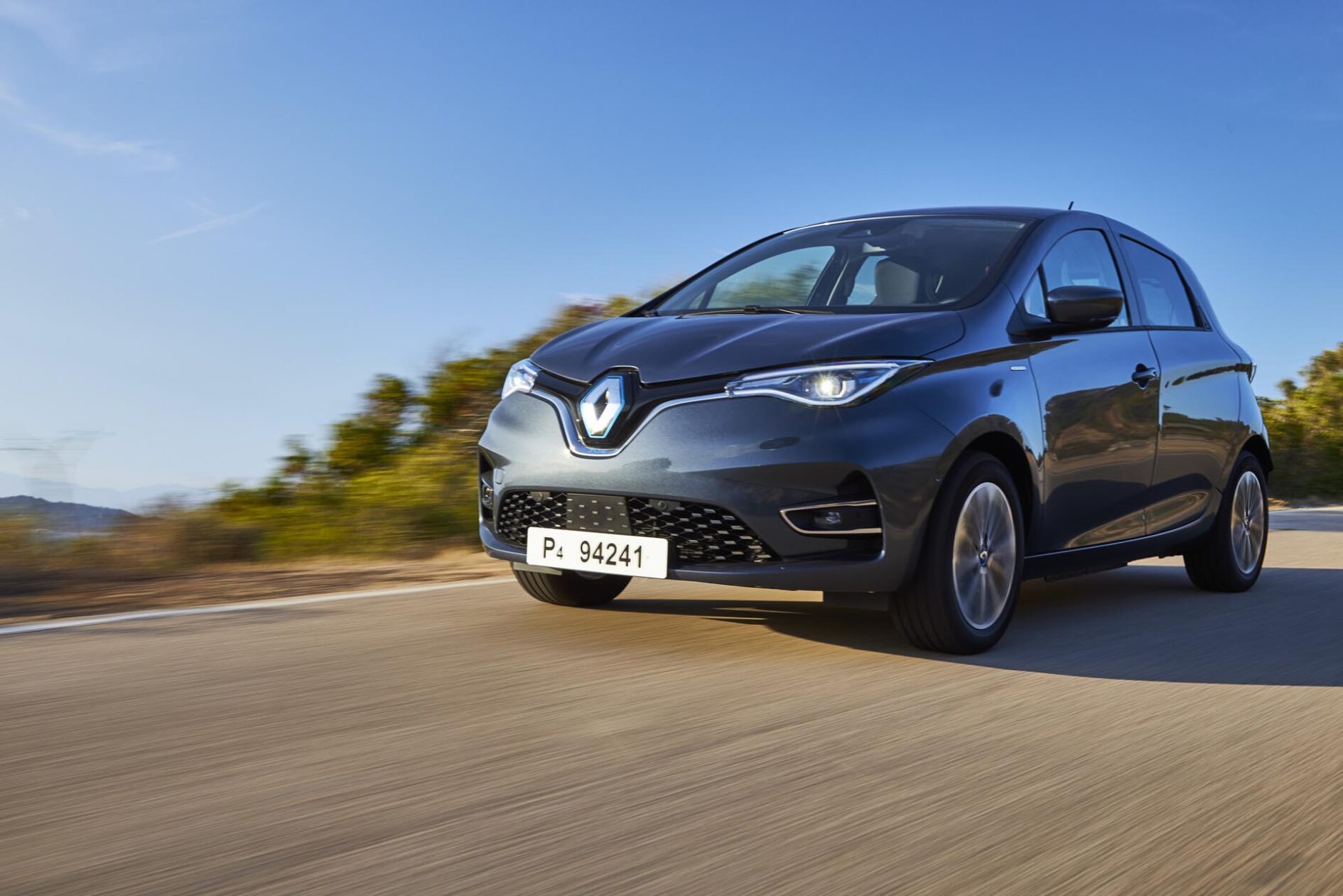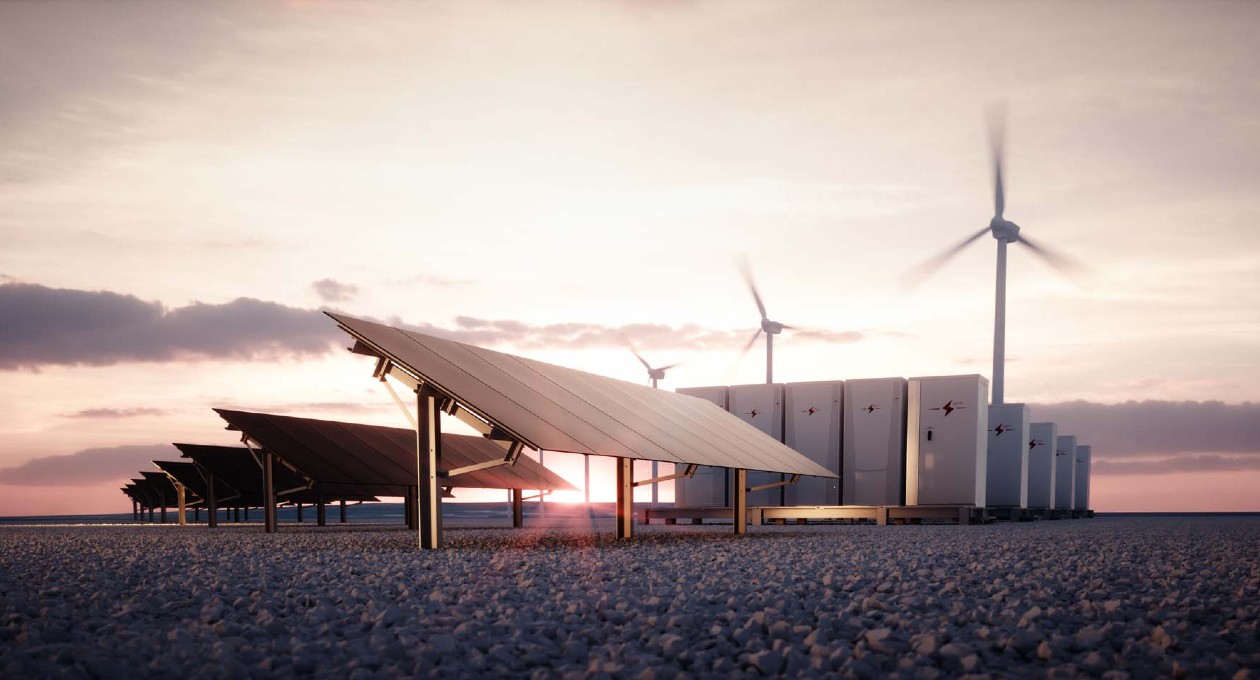

What is so-called “last mile delivery” exactly?
So-called “last mile delivery” is the final link in the supply chain delivering goods to their final destination: a store, restaurant, office or someone’s home. This is an especially tricky stage in the process, since it is impacted by a number of factors: road traffic volume, modes of transport in downtown areas and, when shipping to a private individual, their availability to take delivery of the parcel. At the same time, delivery is a major criterion when making an online purchase, and a source of dissatisfaction for more than two thirds of customers.
The boom in online shopping can be observed especially in the fashion, entertainment, electronics and electrical appliances, beauty/hygiene and groceries sectors. With increasing pressure from customers for express delivery (same day, 24- or 48-hour), delivery lies at the core of many a company strategy and is also a major concern for numerous local authorities.
For a vehicle manufacturer like Renault, some 30% of its utility vehicles are delivery vehicles. Around a third of these are meant for delivering online purchases to private individuals.
How much does last mile delivery cost?

The last part of the delivery journey accounts for a fifth of the total supply chain cost. This disproportion is due to the “personalized” nature of this kind of delivery straight to homes or collection points, often using a combustion engine vehicle.
As e-commerce grows, the use of local delivery solutions is set to continue its upward trend in the coming years. Deliveries in urban areas, which right now are carried out for the most part using combustion engine cars, account for some 20% of traffic volume and 30% of greenhouse gas emissions in cities. Raising awareness among delivery players is therefore becoming a major aspect of sustainable mobility policies. Upgrading vehicle fleets with clean or low-emission vehicles is one of the key moves towards drastically reducing air pollution in cities. And the development of urban delivery services using electric vehicles without exhaust fumes will be all the more beneficial since they will be able to take the place of some individual journeys.
Last mile: what’s the issue with downtown access?
To improve living conditions for the local population, local authorities are setting up Low-Emission Zones (LEZ) with limited or no access for the most polluting vehicles. This scheme was introduced in Sweden in 1996, and has since been extended across Europe, where there are now no fewer than 231 LEZ in 13 countries.
For example, in Strasbourg (eastern France), utility vehicles may only drive and stop in the center of the city between 6:00 and 10:30, while hybrid, LPG and electric vehicles have until 11:30. The city is aiming for low-emission delivery vehicles to reach 100% of deliveries by 2022.
The regulations vary by country and zone. In Italy, even motorcycles can be prohibited. Some cities like London and Milan have gone even further with taxes levied via urban tolls.
What’s the future for last mile delivery?

Since they are more practical, convenient, efficient and increasingly popular with customers, effective delivery services are increasingly important. All the more so since the rate of individual vehicle ownership in big cities has been dropping from an already lower level in recent years. Electromobility makes it possible to reconcile customer demands with environmental standards. It lends itself especially well to short city-center delivery trips, which average 50 km per day.
Groupe Renault, the electric vehicle pioneer and leader in Europe, now offers a range of 4 vehicles with different volume capacities to meet this need. E-bikes and electric delivery tricycles can now also be used to carry out city deliveries. In the future, why not consider building on this idea with self-driven transport like droids or drones, which are already at the test stage in China, or vehicles inspired by Renault’s EZ-PRO concept for larger parcels?
The issue of urban deliveries lies at the center of tomorrow’s sustainable mobility. As with personal transportation, electric vehicles will most certainly be one of its main drivers
Copyrights : Yannick BROSSARD, Thomas MOTTA, Julien OPPENHEIM




